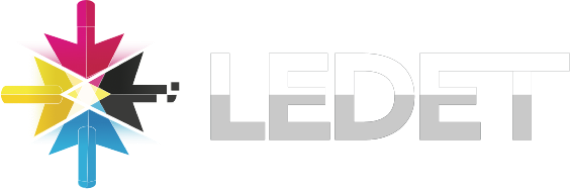Canva vs Adobe Express: Which Online Design Tool Should You Choose?
Canva offers unmatched ease of use and collaboration for everyday designers, while Adobe Express provides deeper editing features and seamless Creative Cloud integration for users invested in the Adobe ecosystem.
Introduction
Choosing the right design platform can make or break your project’s efficiency and quality. Canva and Adobe Express both promise fast, online graphic creation—but they cater to slightly different audiences. Knowing their strengths helps you pick the tool that fits your workflow and creative goals. This comparison dives into features, pricing, pros and cons, and ideal use cases for each platform.
Overview of Canva
Canva has become synonymous with user-friendly graphic design. It offers a drag-and-drop interface backed by a massive library of customizable templates for social media, presentations, and marketing materials. Collaboration features allow teams to comment, edit, and organize assets in shared folders. Advanced options like Brand Kit and Magic Resize further streamline brand-consistent output.
Overview of Adobe Express
Adobe Express (formerly Adobe Spark) leverages Adobe’s rich heritage in creative software, delivering powerful photo-editing and typography tools in an accessible web app. It integrates with Creative Cloud libraries, letting you pull assets from Photoshop and Illustrator. The platform includes thousands of Adobe-curated templates and design assets tailored for social media, web pages, and video stories.
Feature Comparison
| Feature | Canva | Adobe Express |
|---|---|---|
| Templates | 610,000+ user-generated and official templates | 20,000+ Adobe-curated templates |
| Collaboration | Real-time editing, comments, shared folders | Team projects via Creative Cloud collaboration |
| Stock Library | Millions of free and premium photos and videos | Adobe Stock free tier plus premium assets |
| Brand Kit | Upload logos, set brand fonts and colors | Brand templates, colors, and fonts via CC assets |
| Photo Editing | Basic filters, background remover, effects | Advanced adjustments, auto-remove background |
| Export Options | JPG, PNG, PDF, MP4, GIF | JPG, PNG, PDF, MP4 |
| Mobile App | iOS and Android | iOS and Android |
Pros and Cons
Canva
- Pros
- Intuitive drag-and-drop interface ideal for beginners
- Extensive free tier with large asset library
- Robust collaboration with shared folders and real-time comments
- Magic Resize automates adapting designs to different dimensions
- Cons
- Limited advanced photo-editing tools
- Some premium templates and assets require Pro subscription
- Less seamless integration with professional Adobe apps
Adobe Express
- Pros
- Strong photo-editing controls and filters
- Direct access to Creative Cloud assets and libraries
- Automatically generated design suggestions based on Adobe Sensei AI
- Built-in web page and video story creation
- Cons
- Smaller template library compared to Canva
- Learning curve for users unfamiliar with Adobe conventions
- Higher cost for full Adobe Express Premium access
Pricing Breakdown (as of this post)
| Plan | Canva | Adobe Express |
|---|---|---|
| Free | Unlimited designs, basic templates | Unlimited projects, basic templates |
| Paid (Individual) | Pro: $12.99/month (billed annually) | Premium: $9.99/month (billed annually) |
| Paid (Team/Business) | Teams: $14.99/user/month | Included with most Creative Cloud plans |
Best Use Cases
- Social media graphics and marketing materials for small businesses
- Quick presentations and one-page flyers created by non-designers
- Brand-consistent templated assets managed by distributed teams
- Photo-heavy campaigns requiring advanced editing and retouching
- Users already subscribed to Adobe Creative Cloud seeking lightweight web tools
Conclusion
Both Canva and Adobe Express shine in different areas. Canva wins on ease of use, collaboration, and template volume, making it perfect for social media managers, educators, and small teams. Adobe Express stands out for its advanced editing tools and integration with Creative Cloud, suiting photographers, marketers with photo-driven projects, and existing Adobe subscribers. Assess your workflow needs, budget, and creative ambitions to decide which platform will power your next design.
Next Steps and Additional Tips
- Explore each tool’s free tier to test core features without commitment.
- Watch tutorial videos on YouTube to master time-saving shortcuts and hidden gems.
- Integrate your preferred platform with other productivity apps like Slack, Asana, or Microsoft Teams.
- Keep an eye on new feature rollouts—both platforms update regularly with AI-driven enhancements.
- Consider hybrid workflows: draft layouts in Canva and polish images in Photoshop or Lightroom before importing back.
